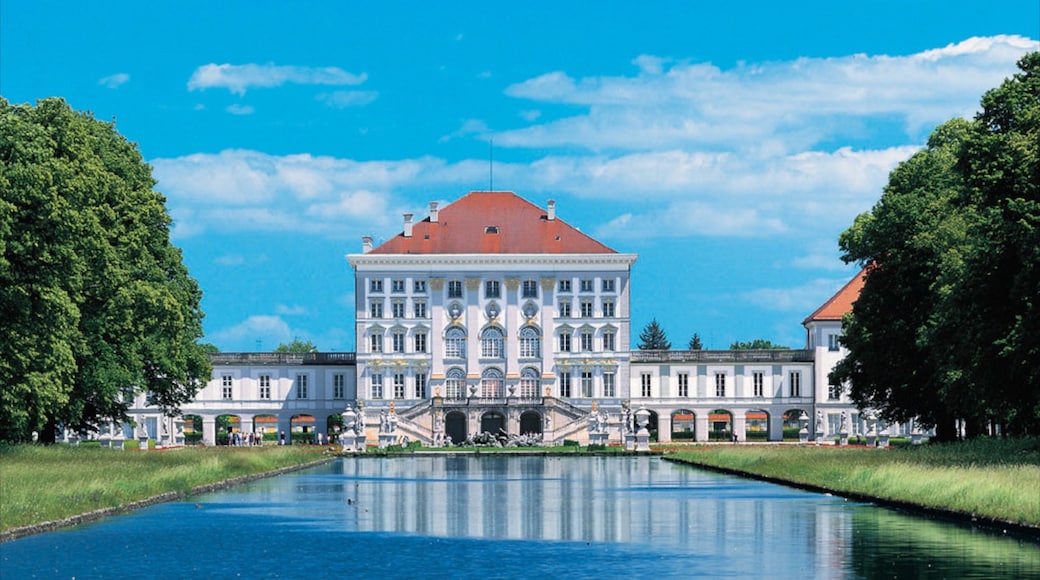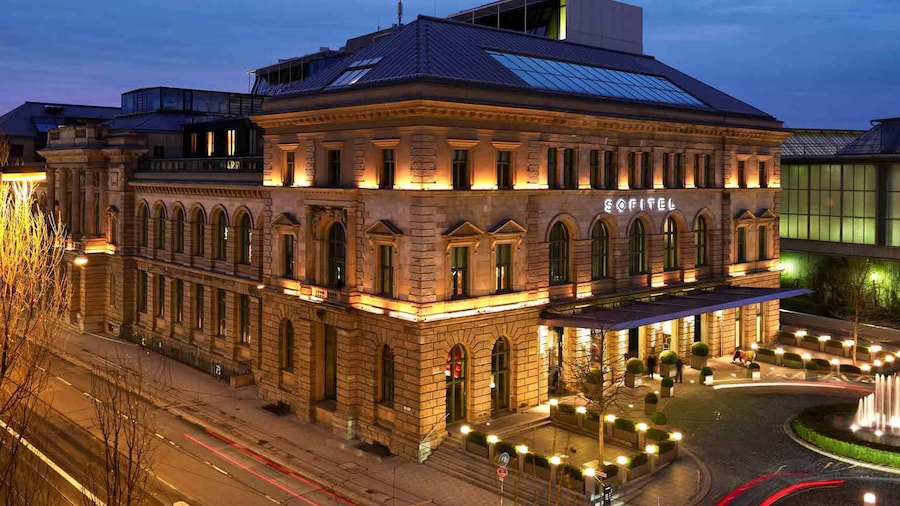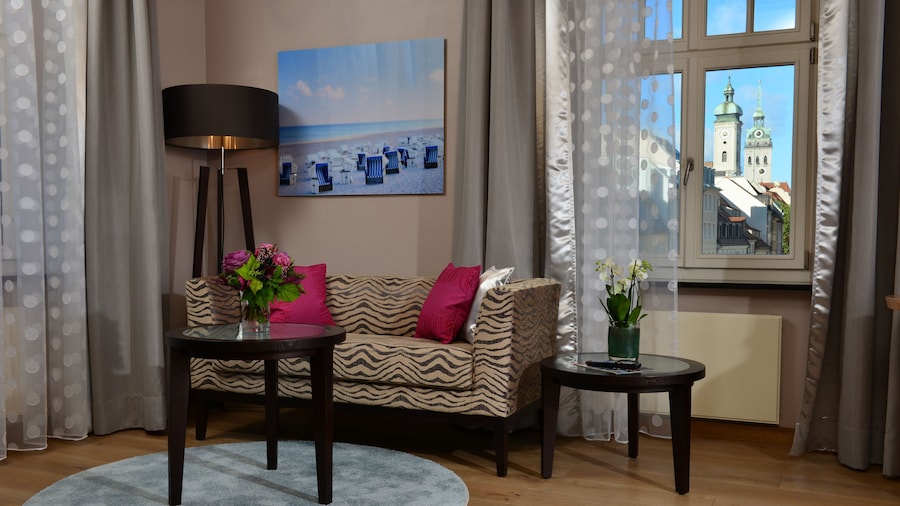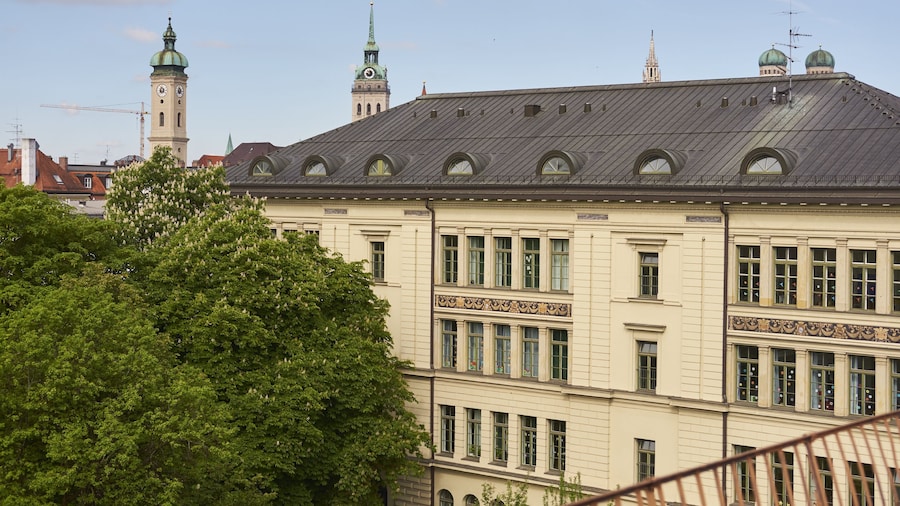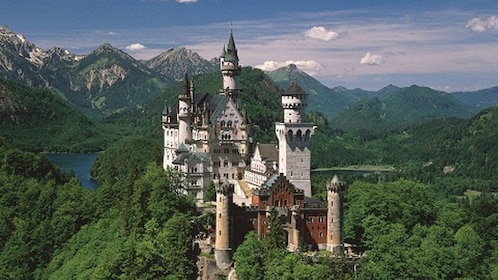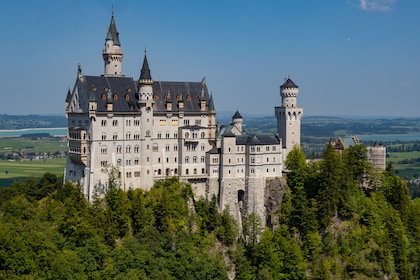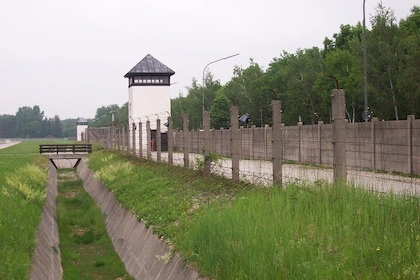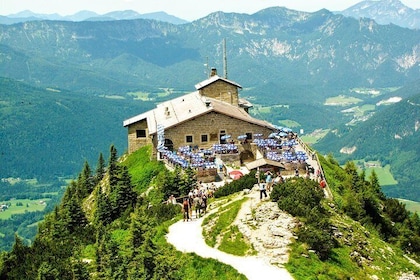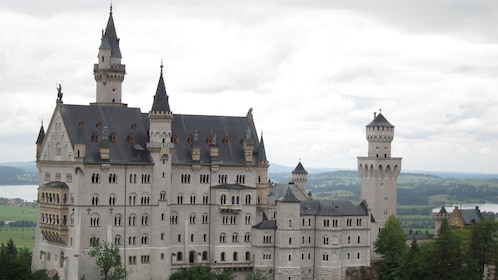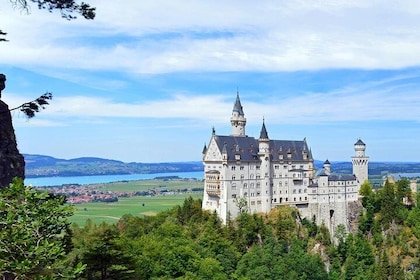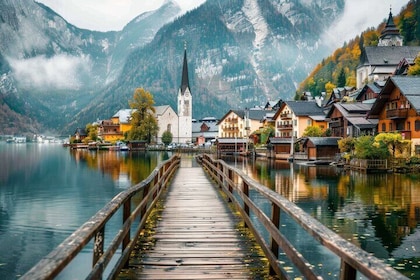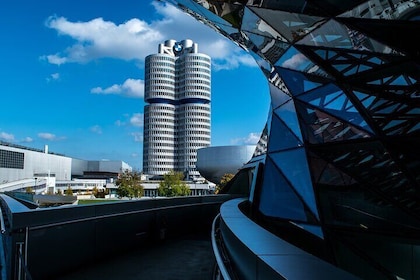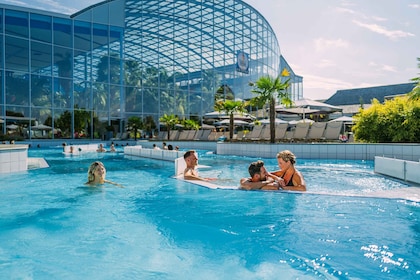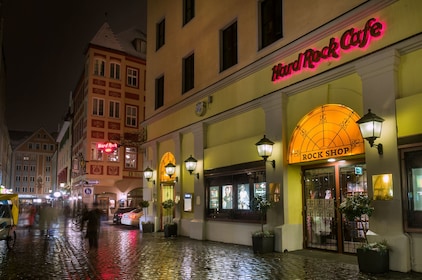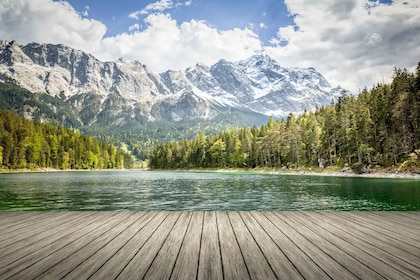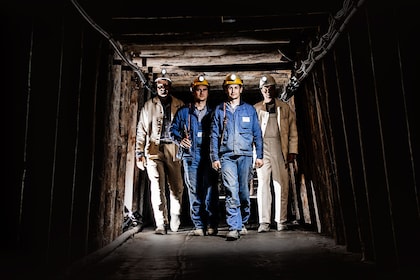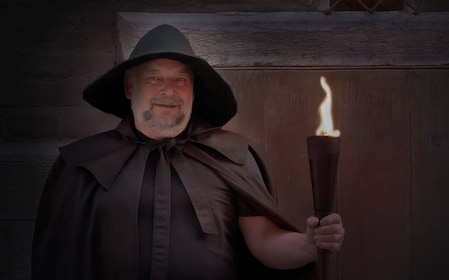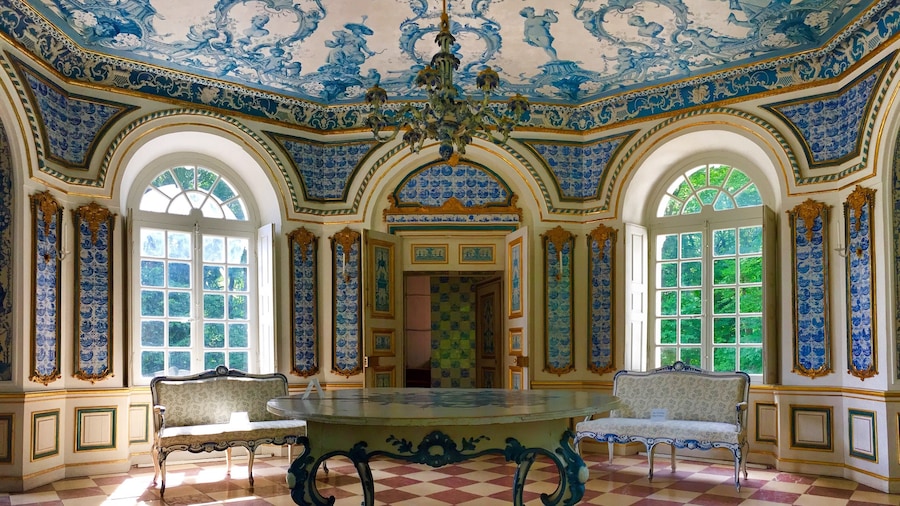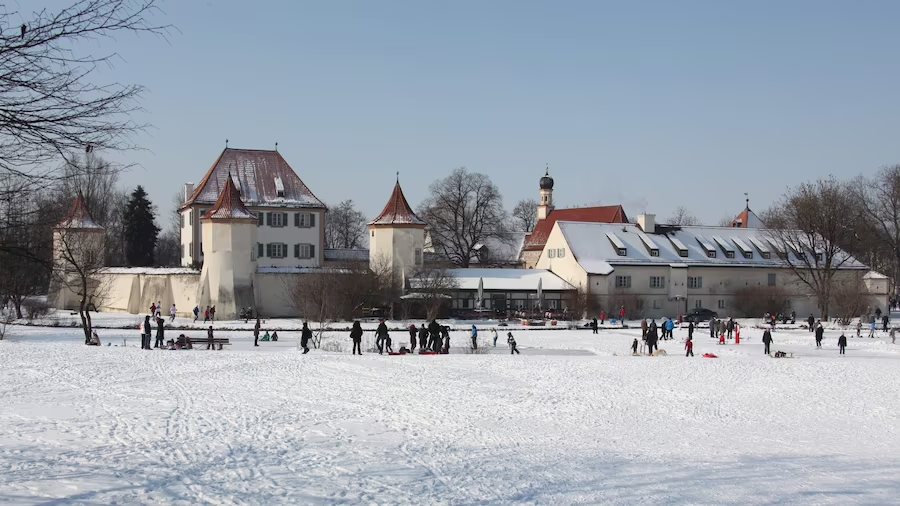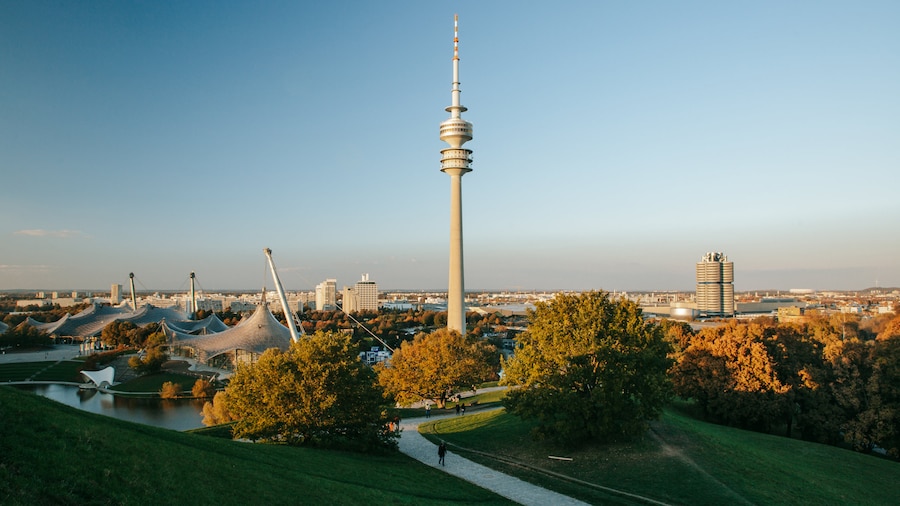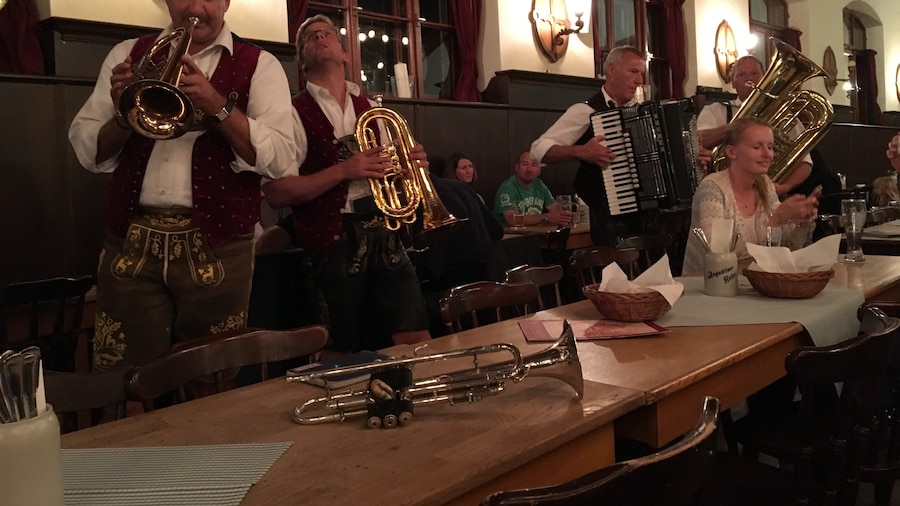Decadent halls with painted ceilings, pavilion-dotted grounds and extravagant state coaches are just a few of the features of this historic palace.
The Bavarian Elector Ferdinand Maria and his wife Henriette Adelaide of Savoy commissioned the Nymphenburg Palace in 1662 after the birth of their son Max Emanuel. Later, when Max Emanuel took charge, the palace was greatly expanded and updated with the French fashions of the time. Over the years, subsequent rulers have added their own design elements to the palace, which can be seen in the varying aesthetics of the palace.
The picturesque Grand Parterre best reflects the original Baroque style of Nymphenburg’s grounds. In this area, watch swans float by in the fountain and central canal. During the early 19th century, the rest of the grounds were changed from Baroque style into a classical garden landscape.
Take a comprehensive tour for insight into the rich history of the Nymphenburg’s many treasures. Visit the Great Hall, whose lavish white and gold decoration and intricately painted ceiling are the height of extravagance. The Queen’s Bedroom, still decorated with an assortment of personal items, gives a more intimate look into royal life. Another highlight of the palace is King Ludwig I’s “Gallery of Beauties,” where 36 portraits of pretty women, painted in front of a range of 19th-century Munich backdrops, adorn the walls.
Be sure to see the carriage museum, housed in the former stables of the palace, which contains luxury state coaches and sleighs, as well as fine riding equipment. King Ludwig II’s decadent carriages are the highpoint of the museum.
After exploring the palace itself, take a stroll through the grounds, which are dotted with Nymphenburg’s beautiful pavilions, some of which are open to visitors. To see one of finest examples of Rococo architecture in Europe, visit the Amalienburg Pavilion, designed by François de Cuvilliés.
The Nymphemburg Palace and park are open daily, though the hours of operation depend on the season. Tickets are available both for individual attractions and in combination. The palace is located 20 minutes out of town and is accessible by car or bus.
